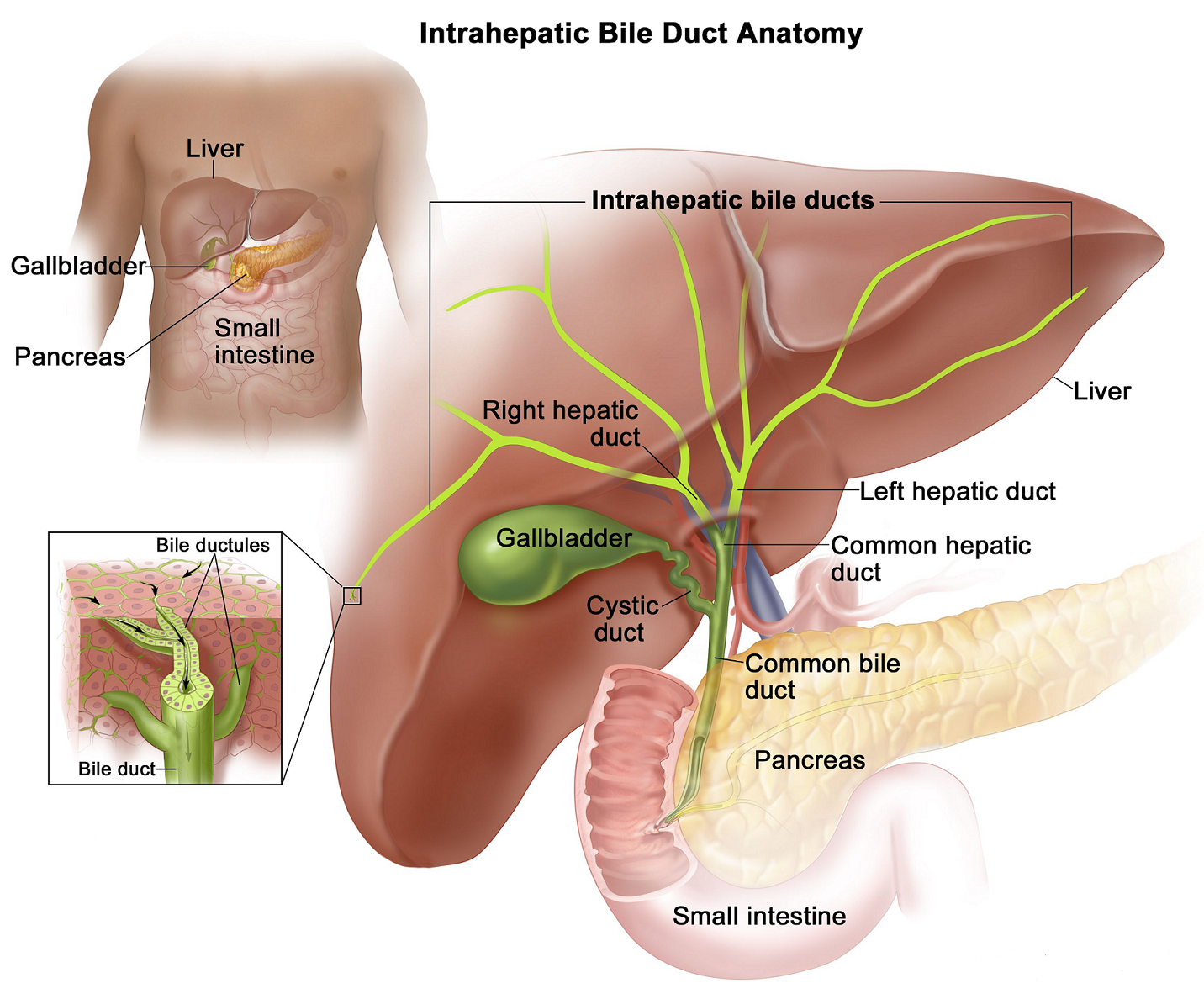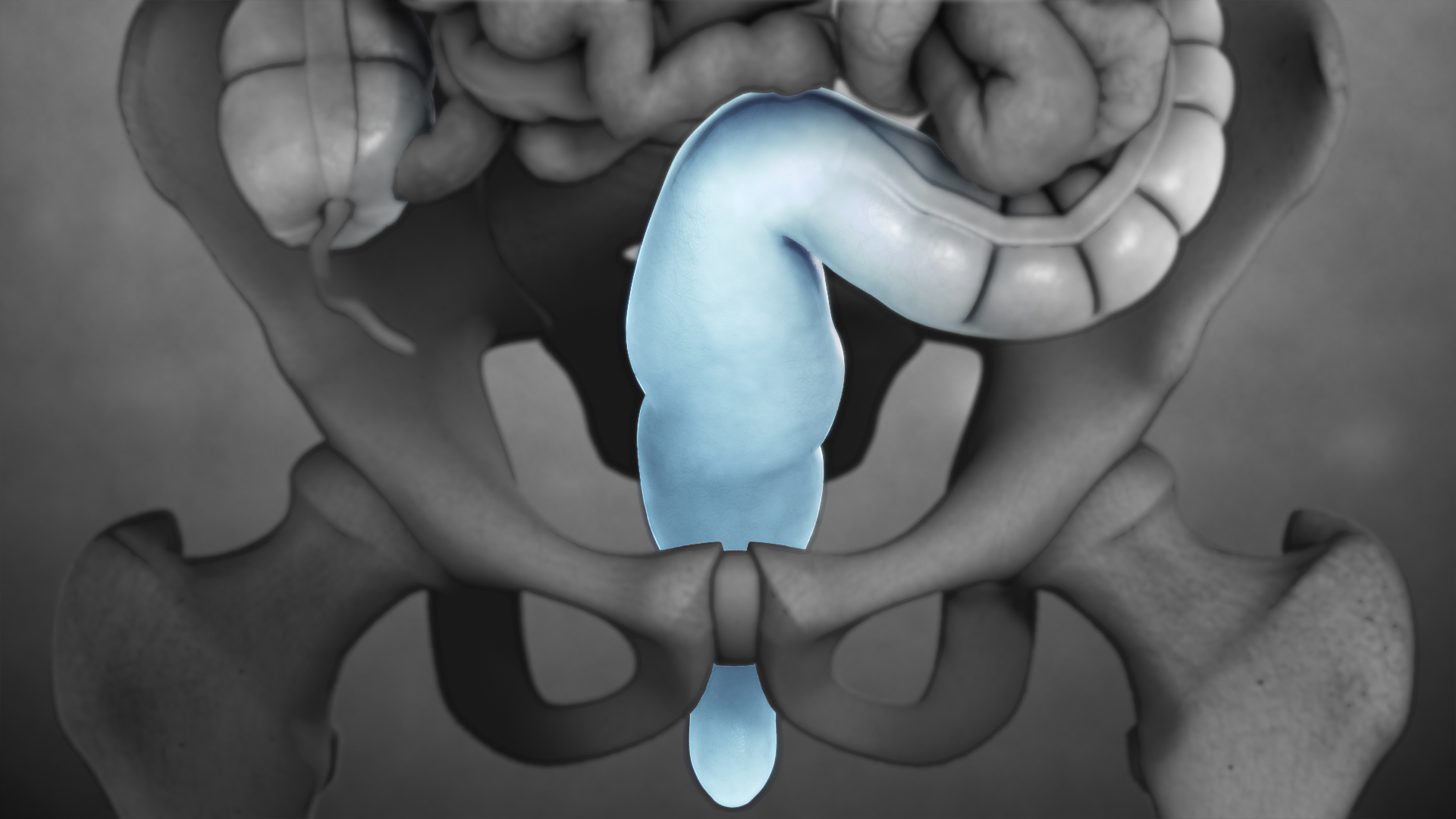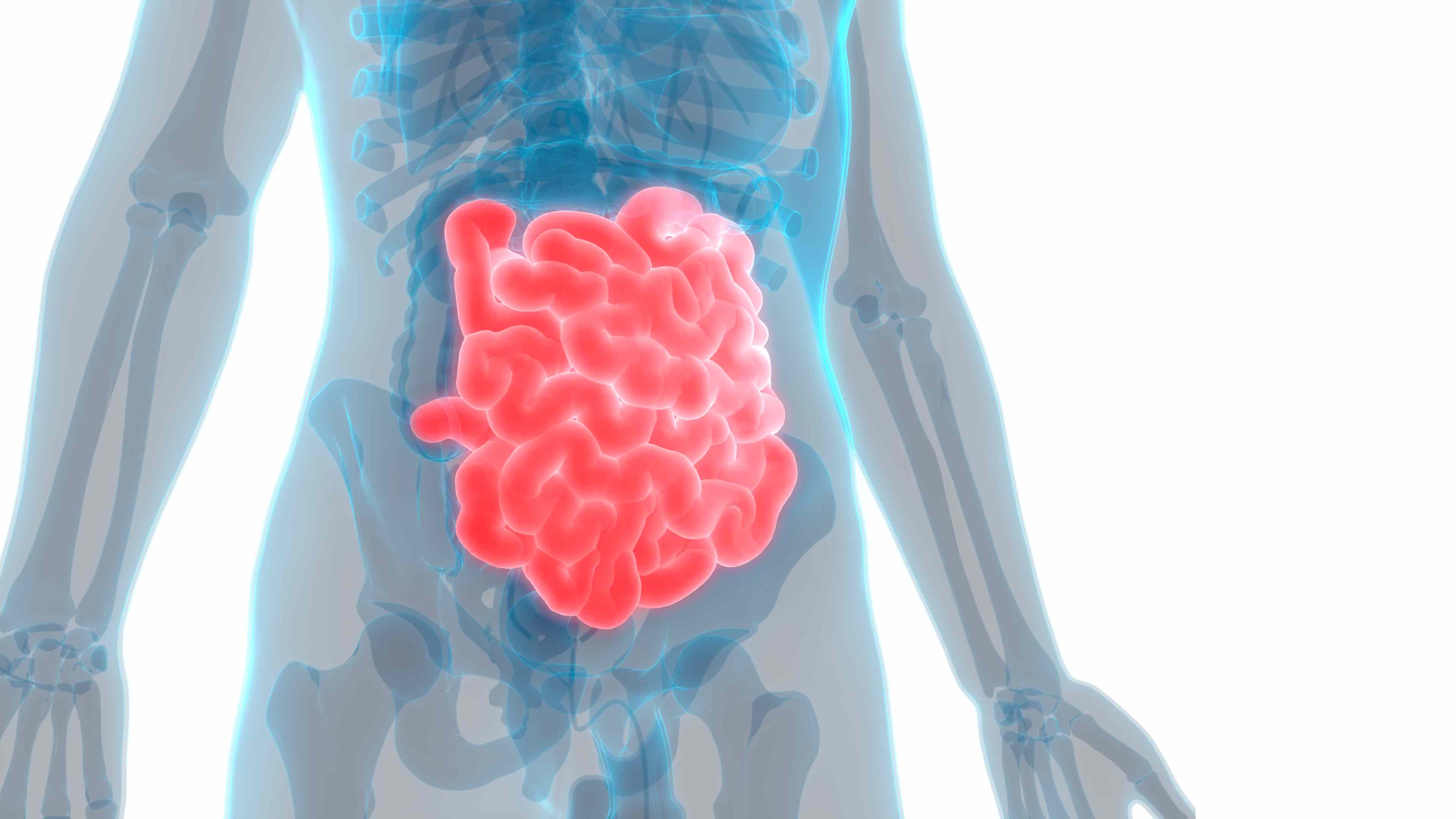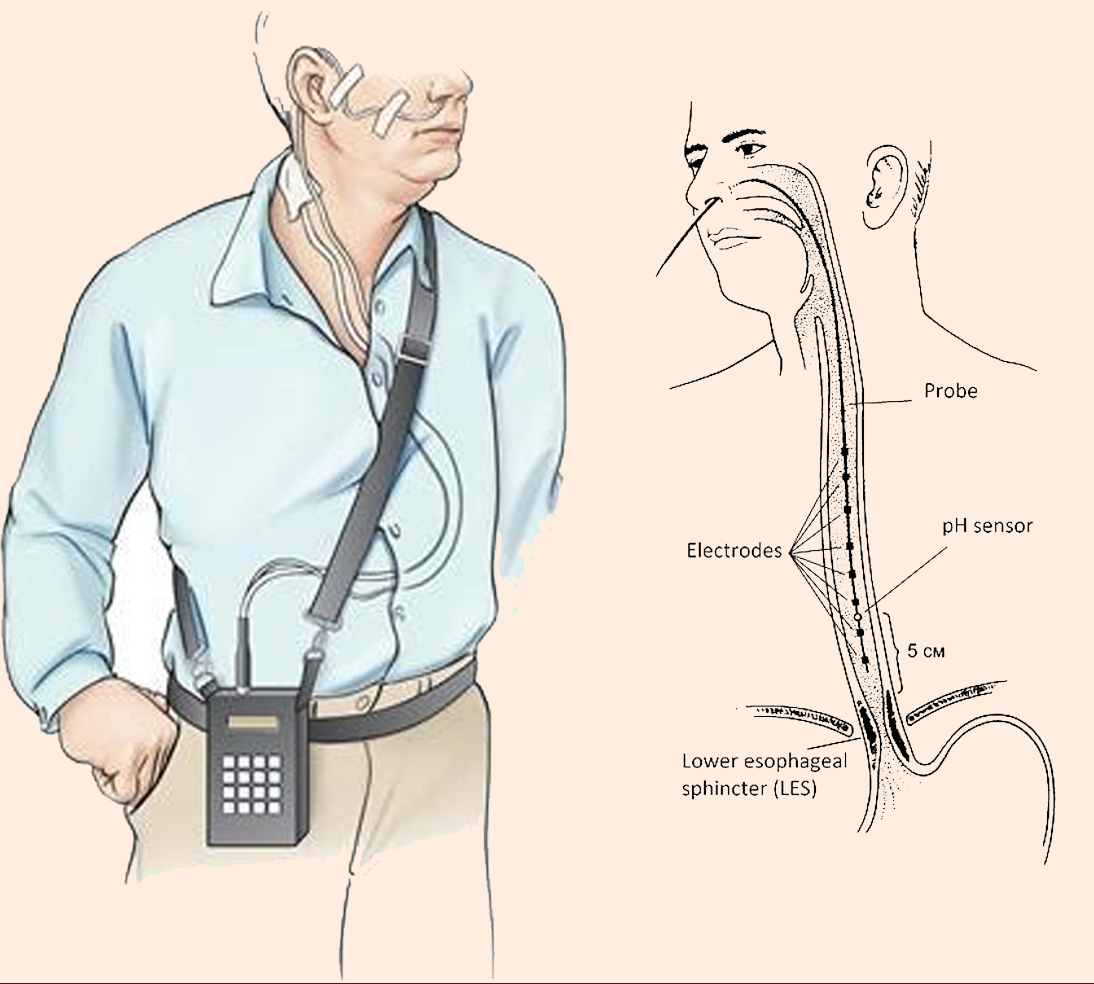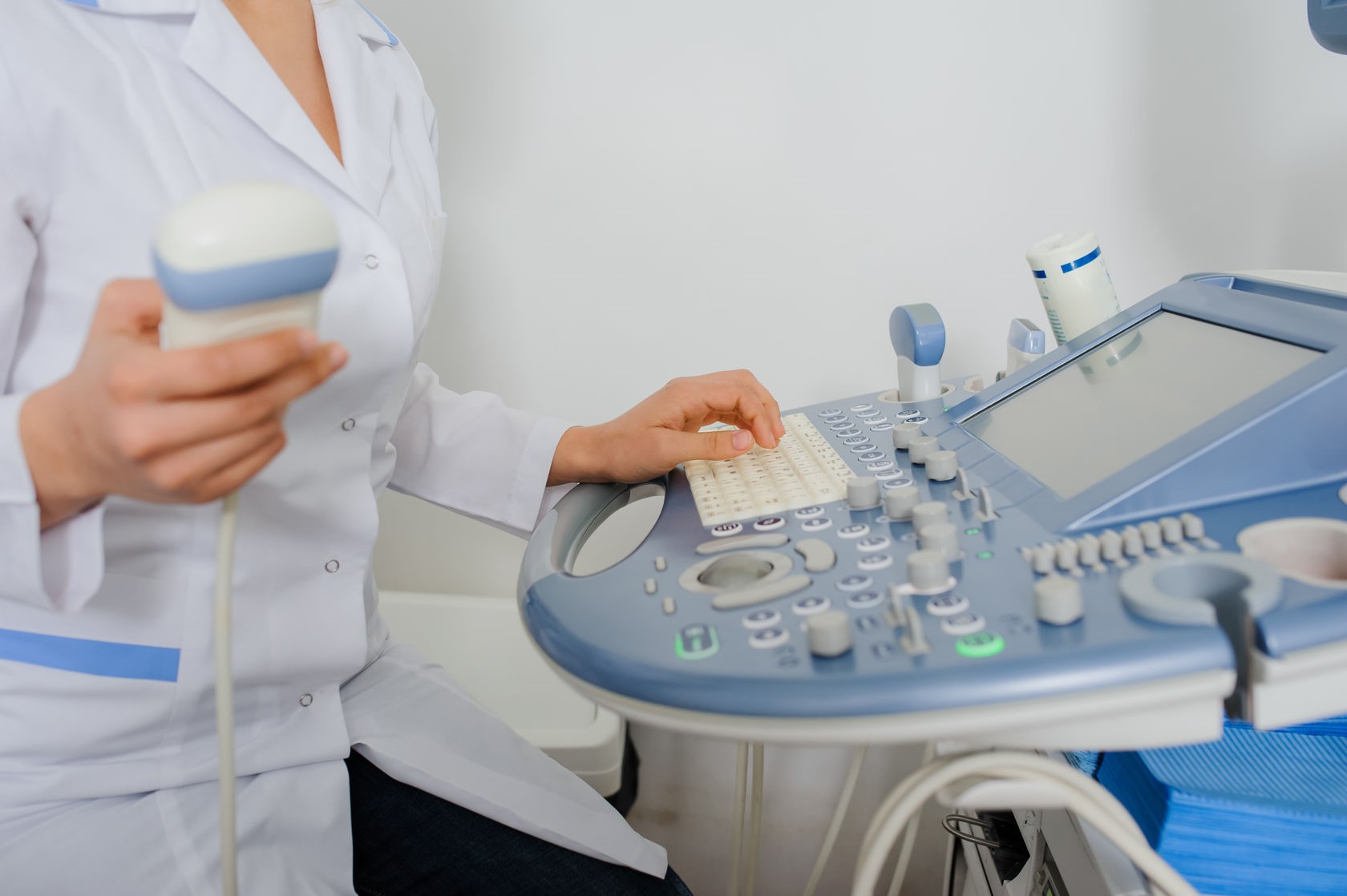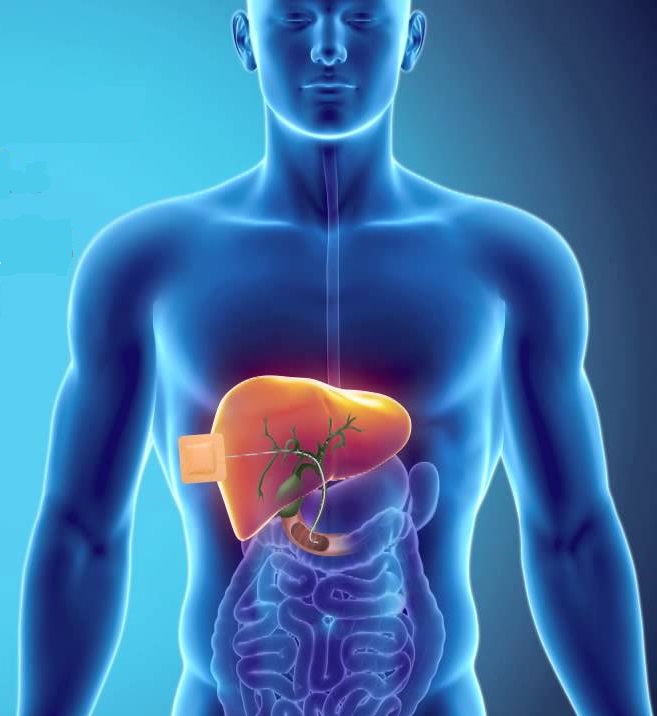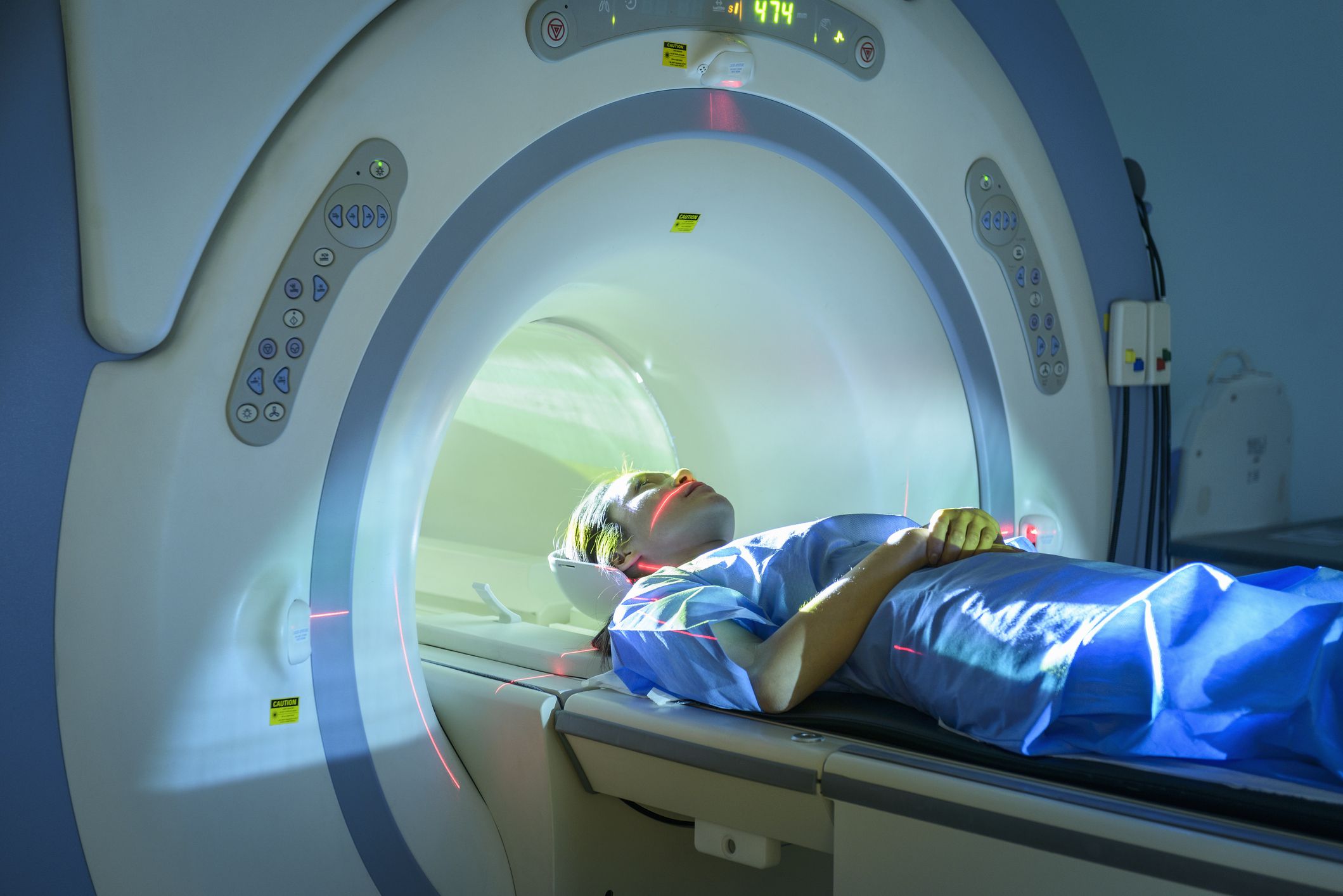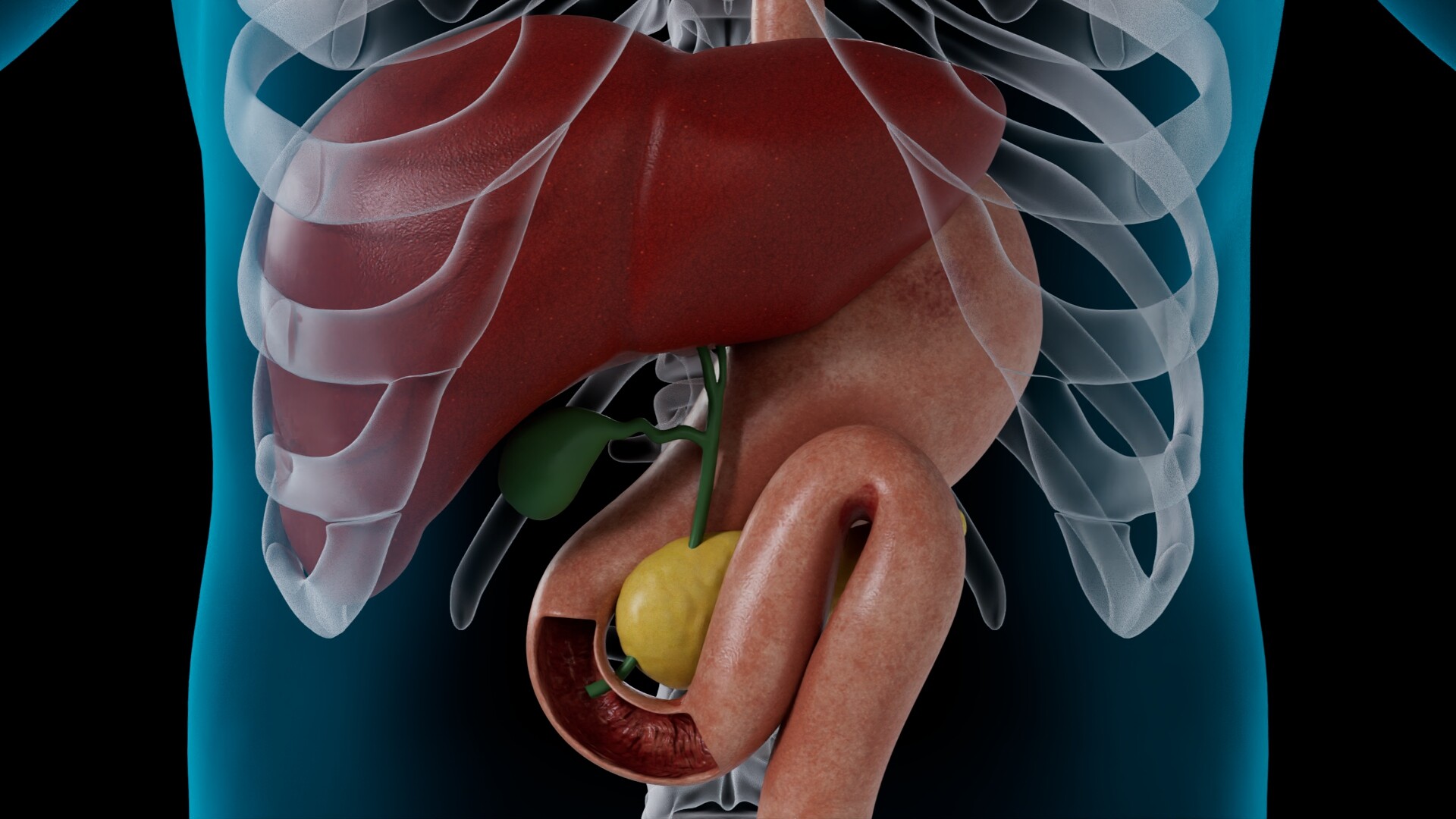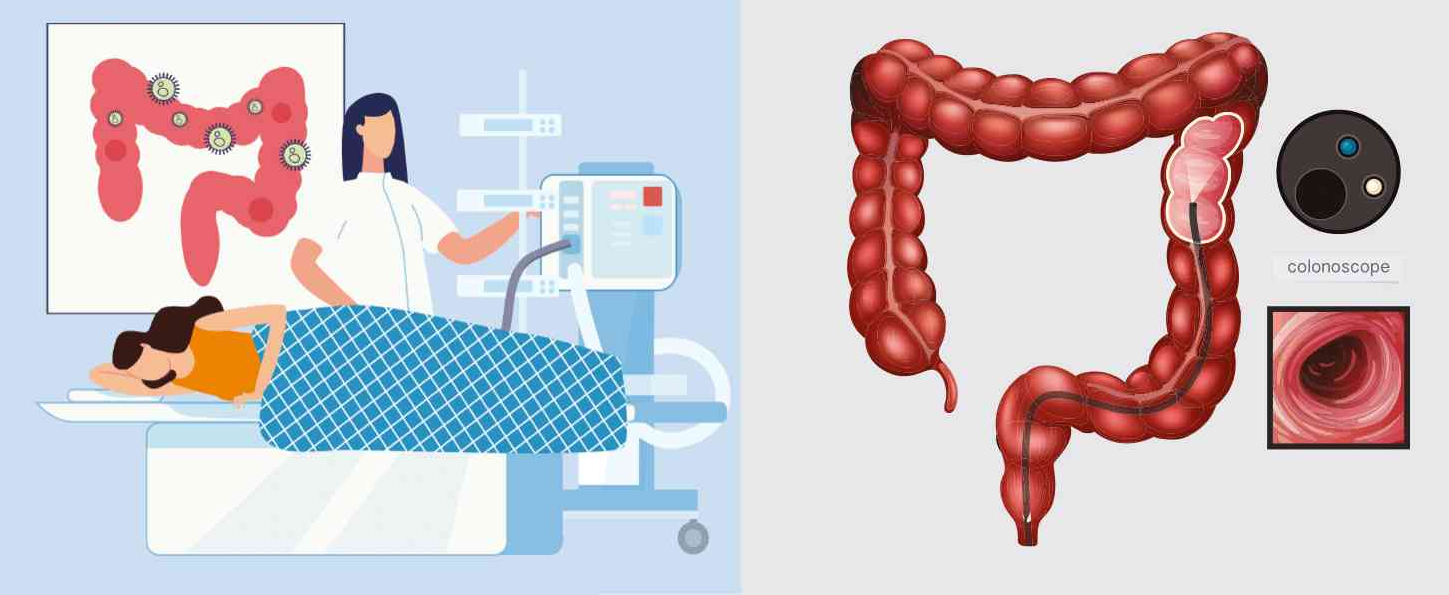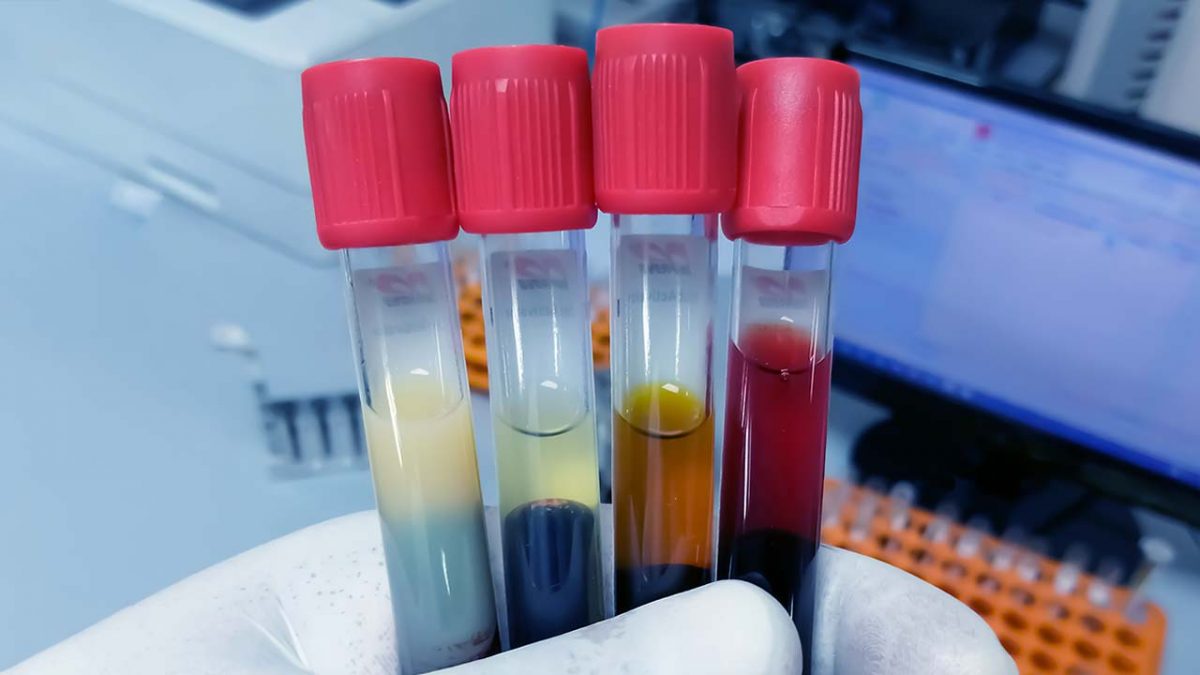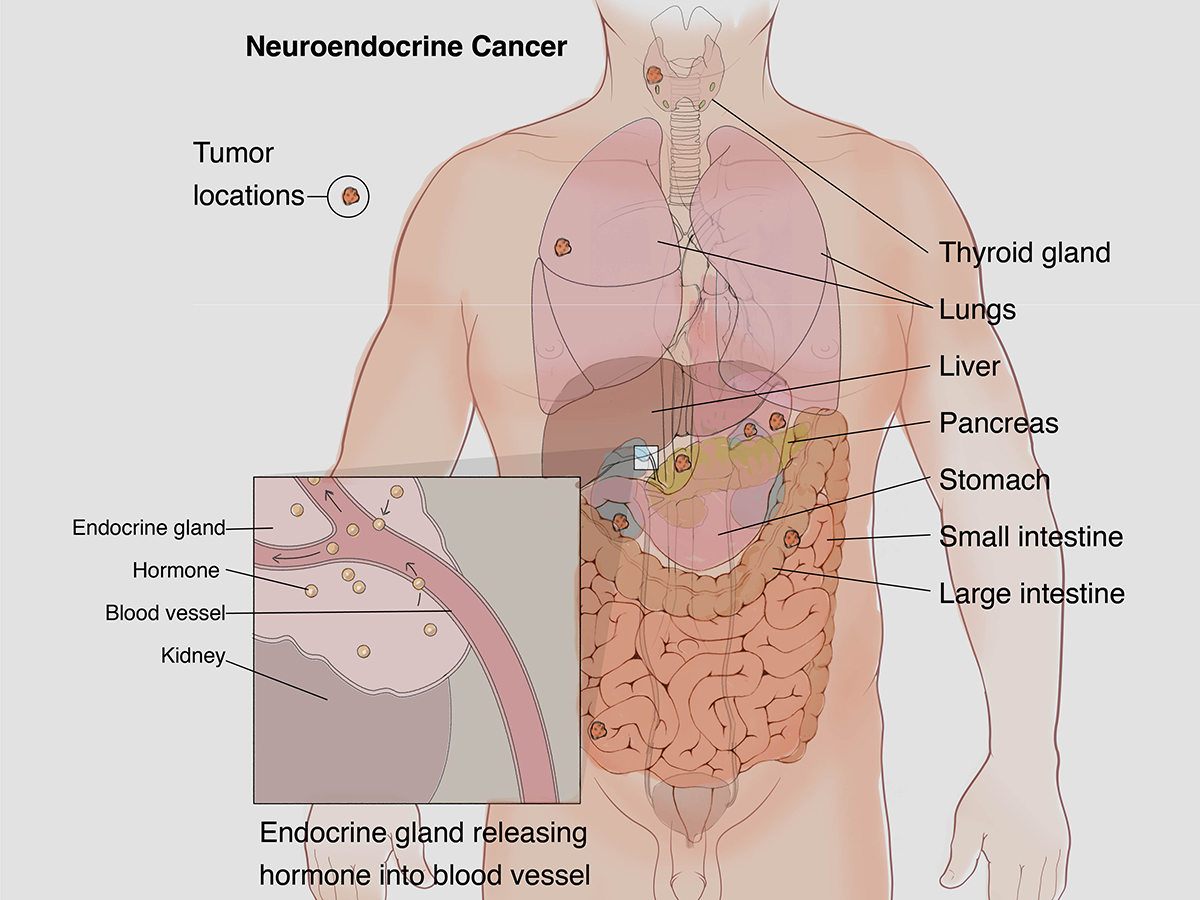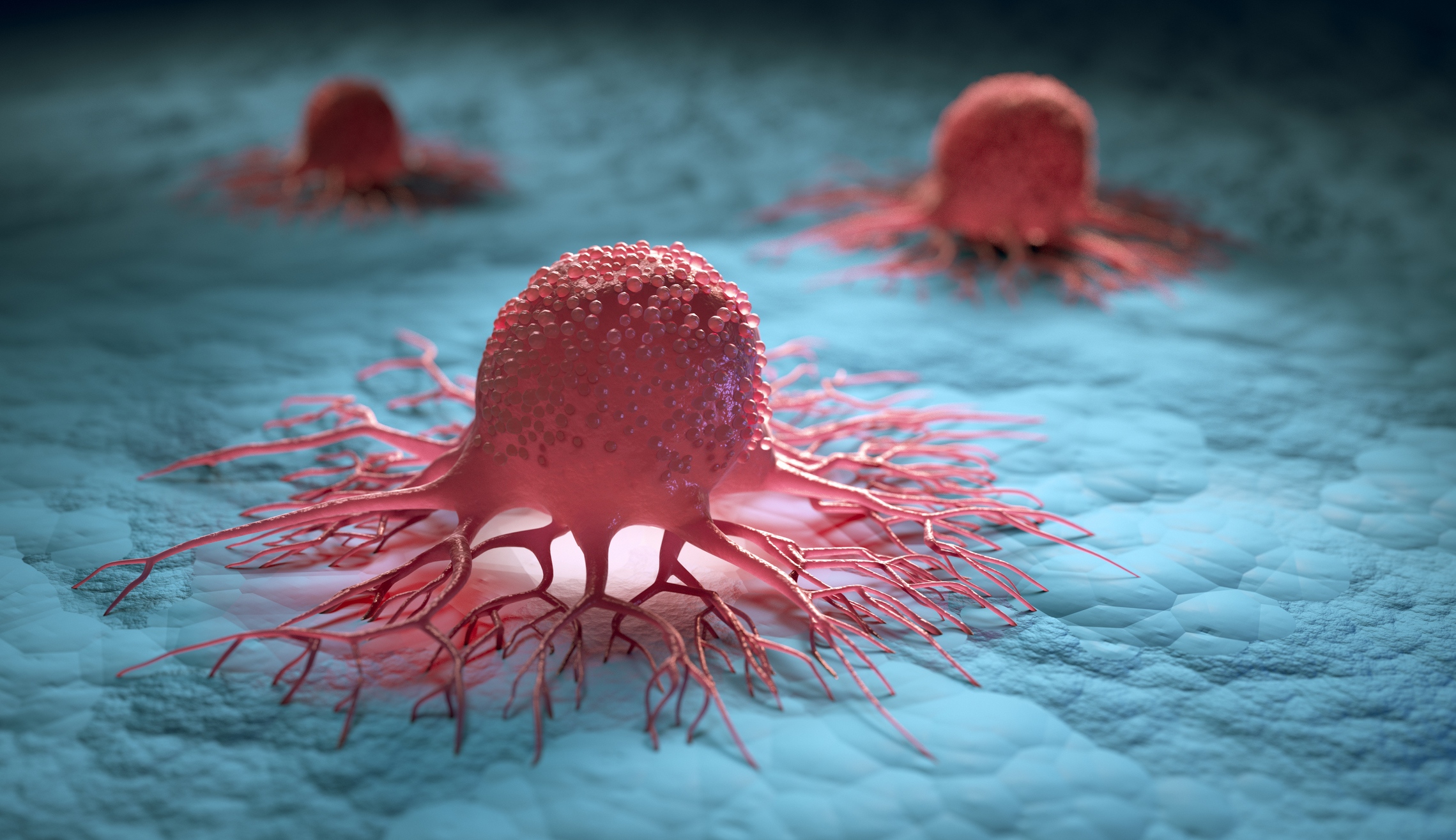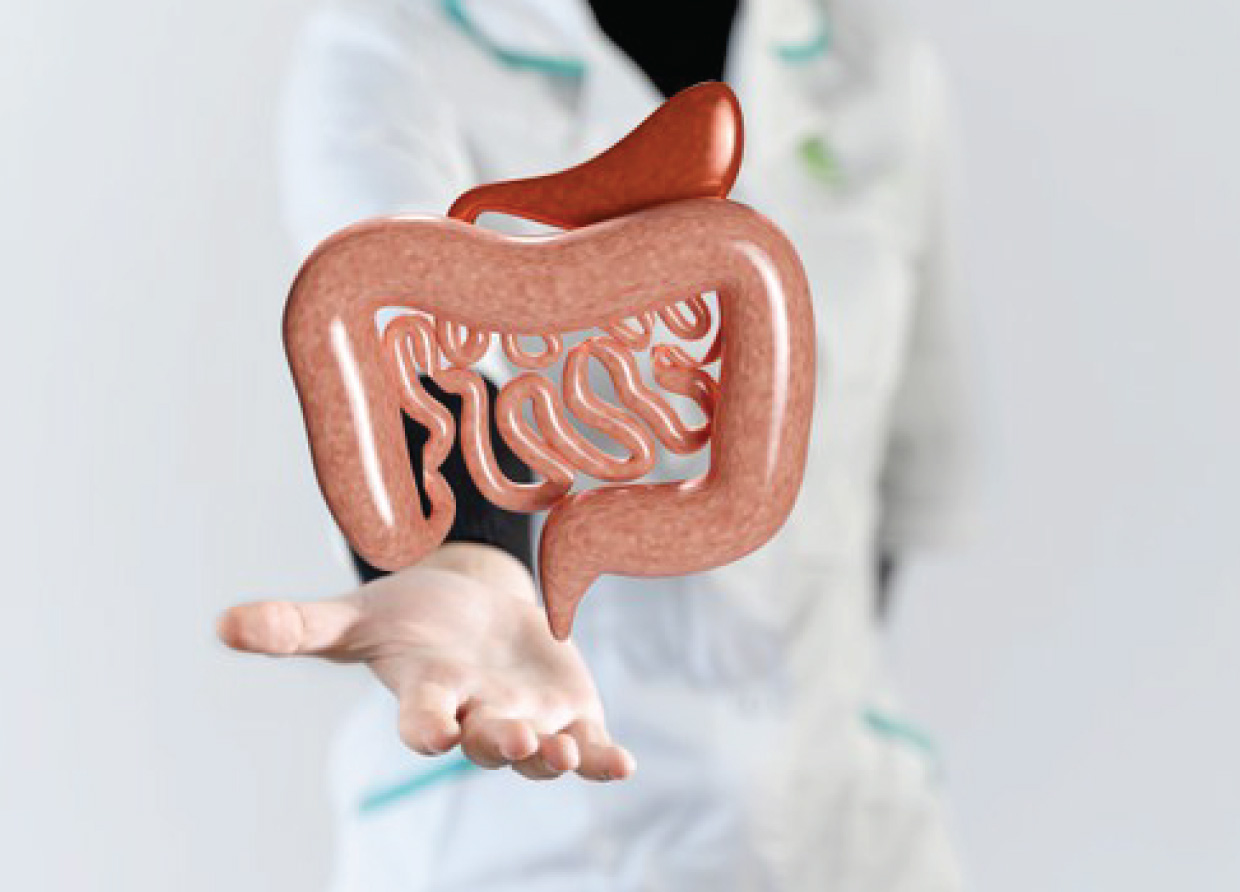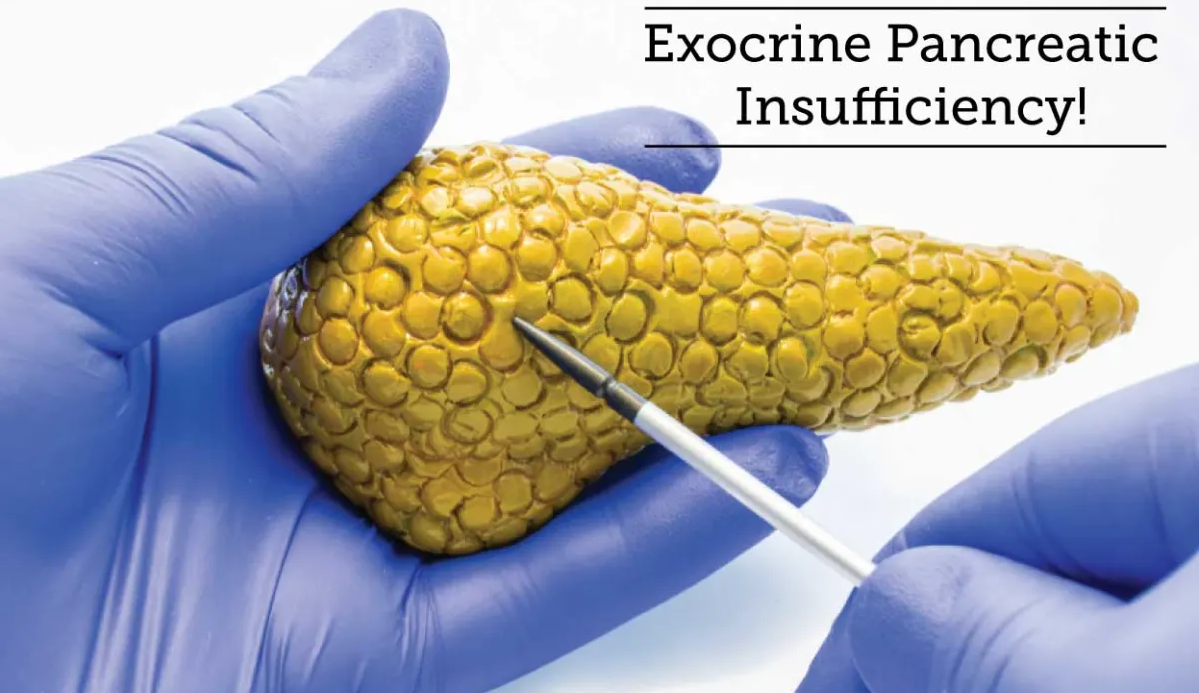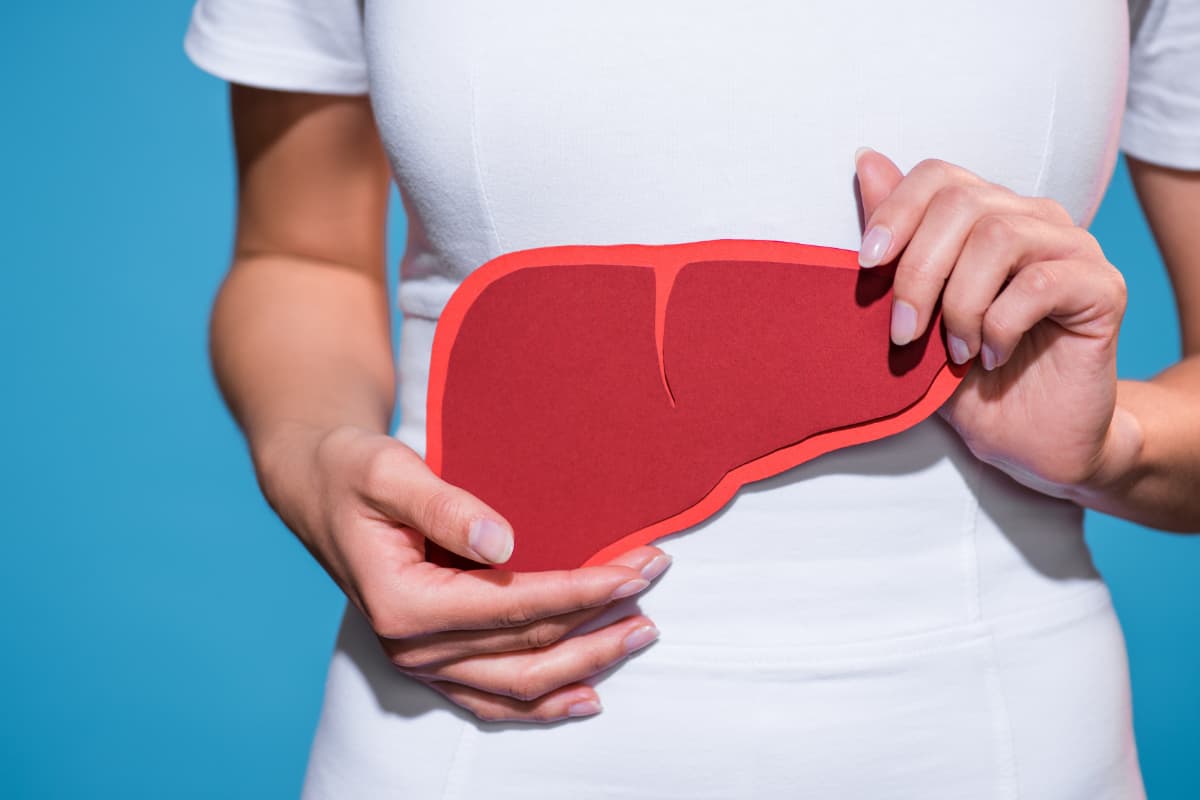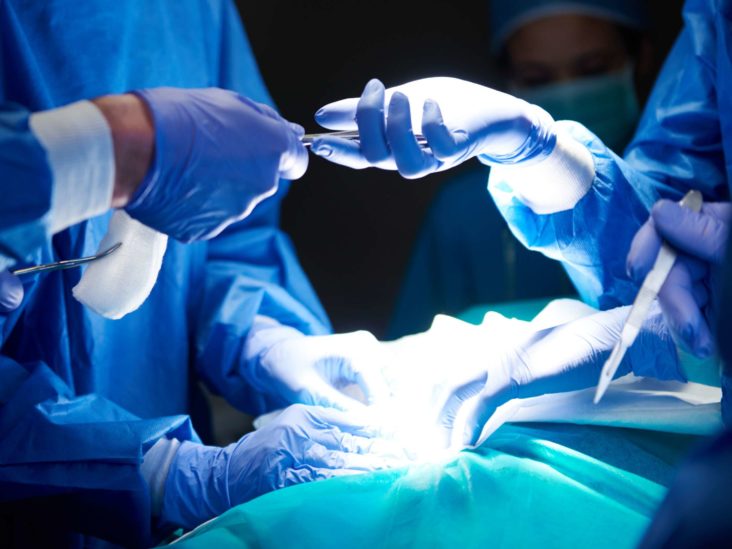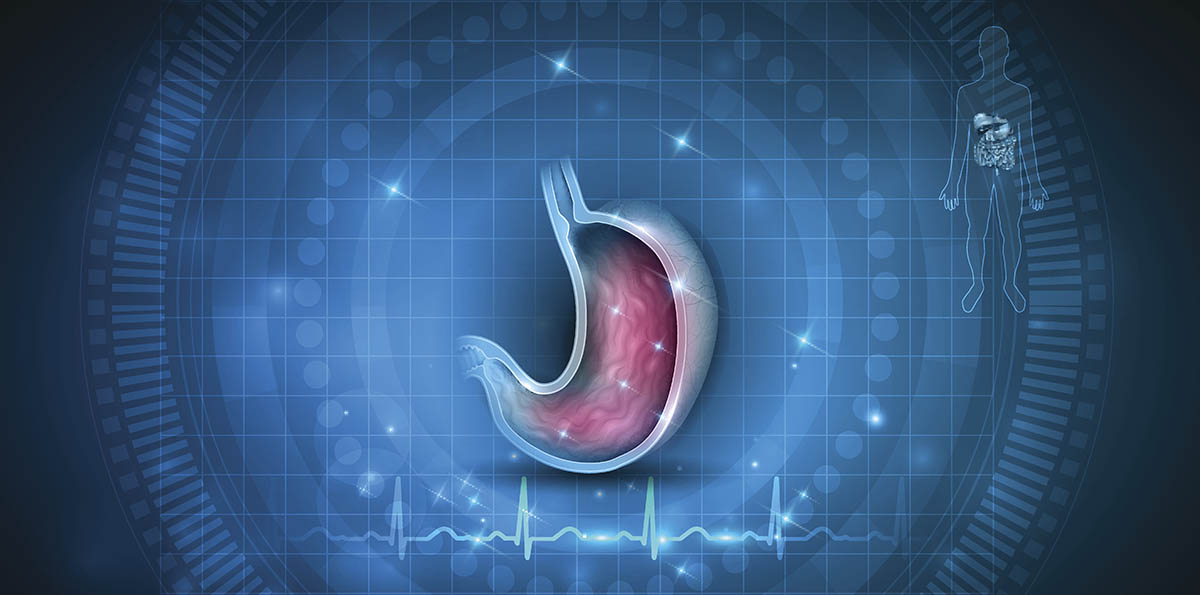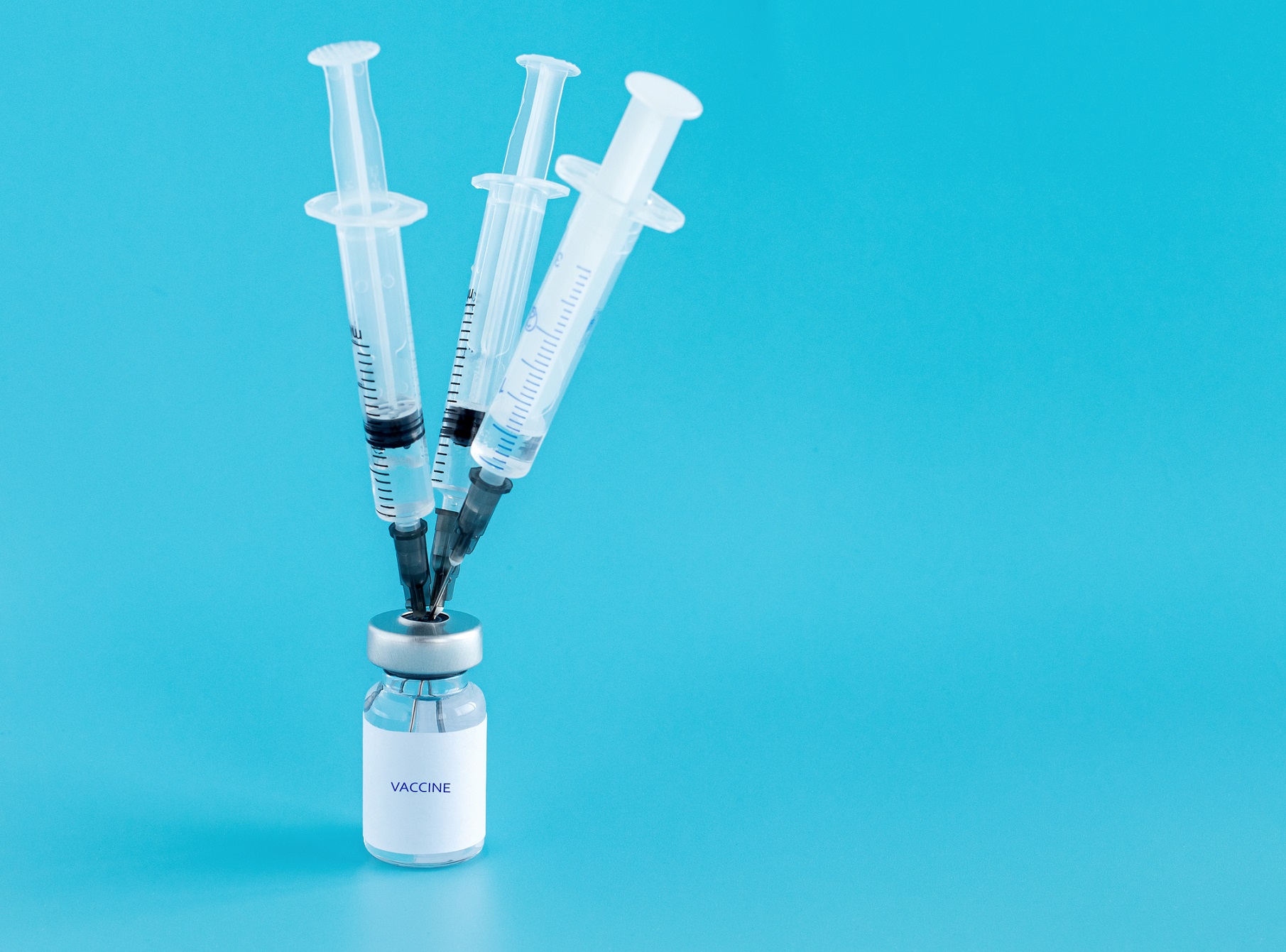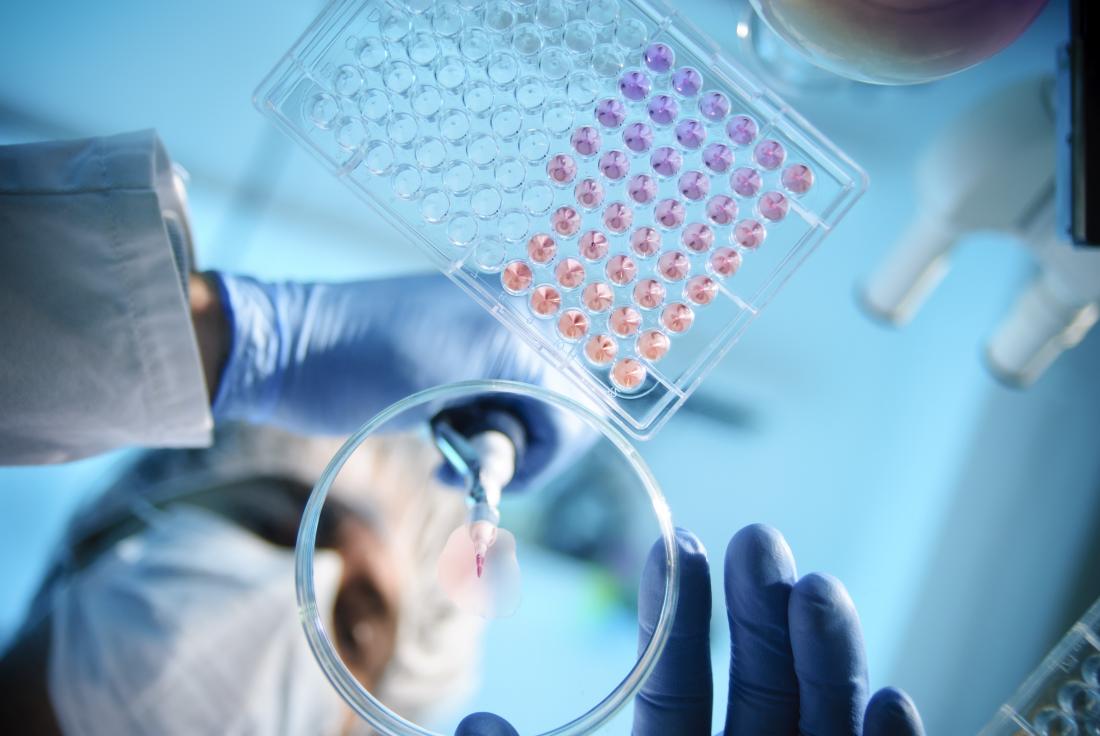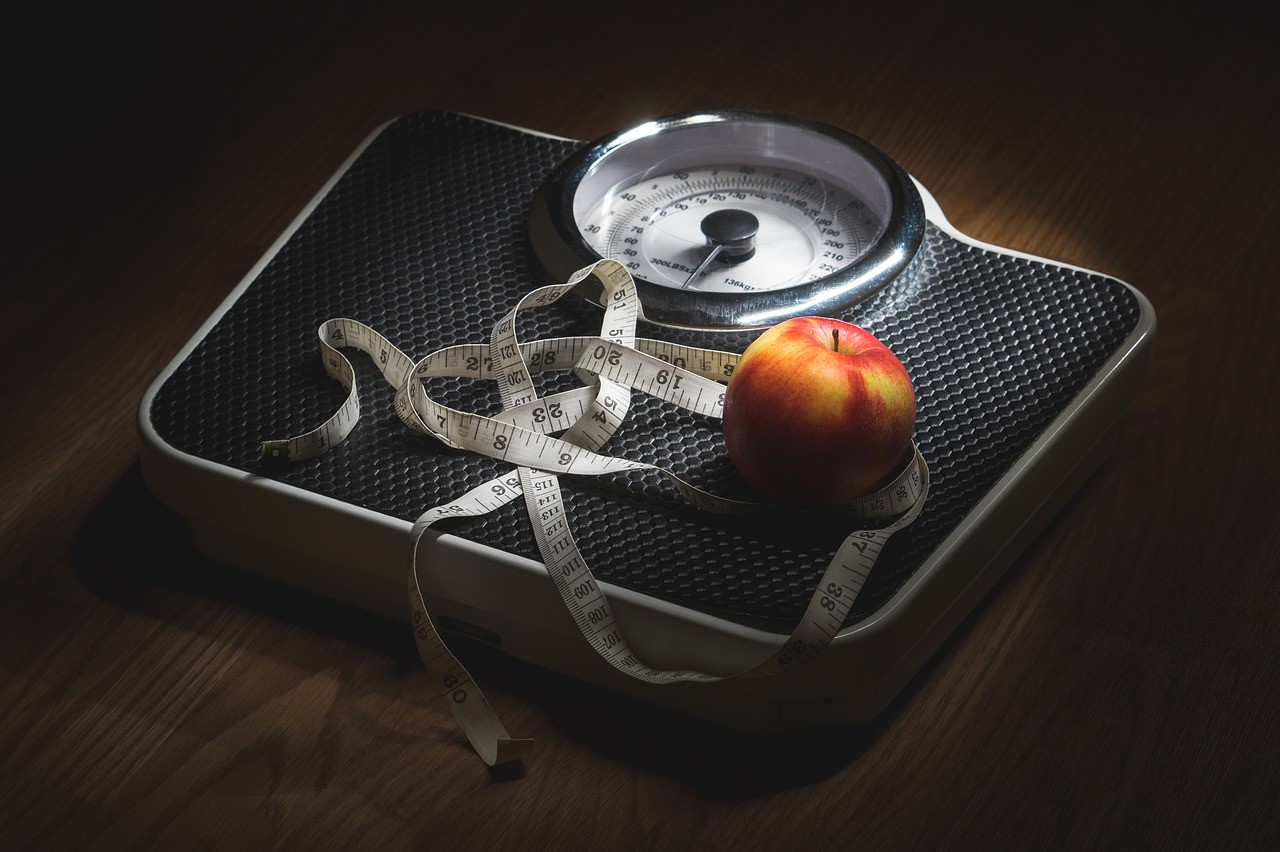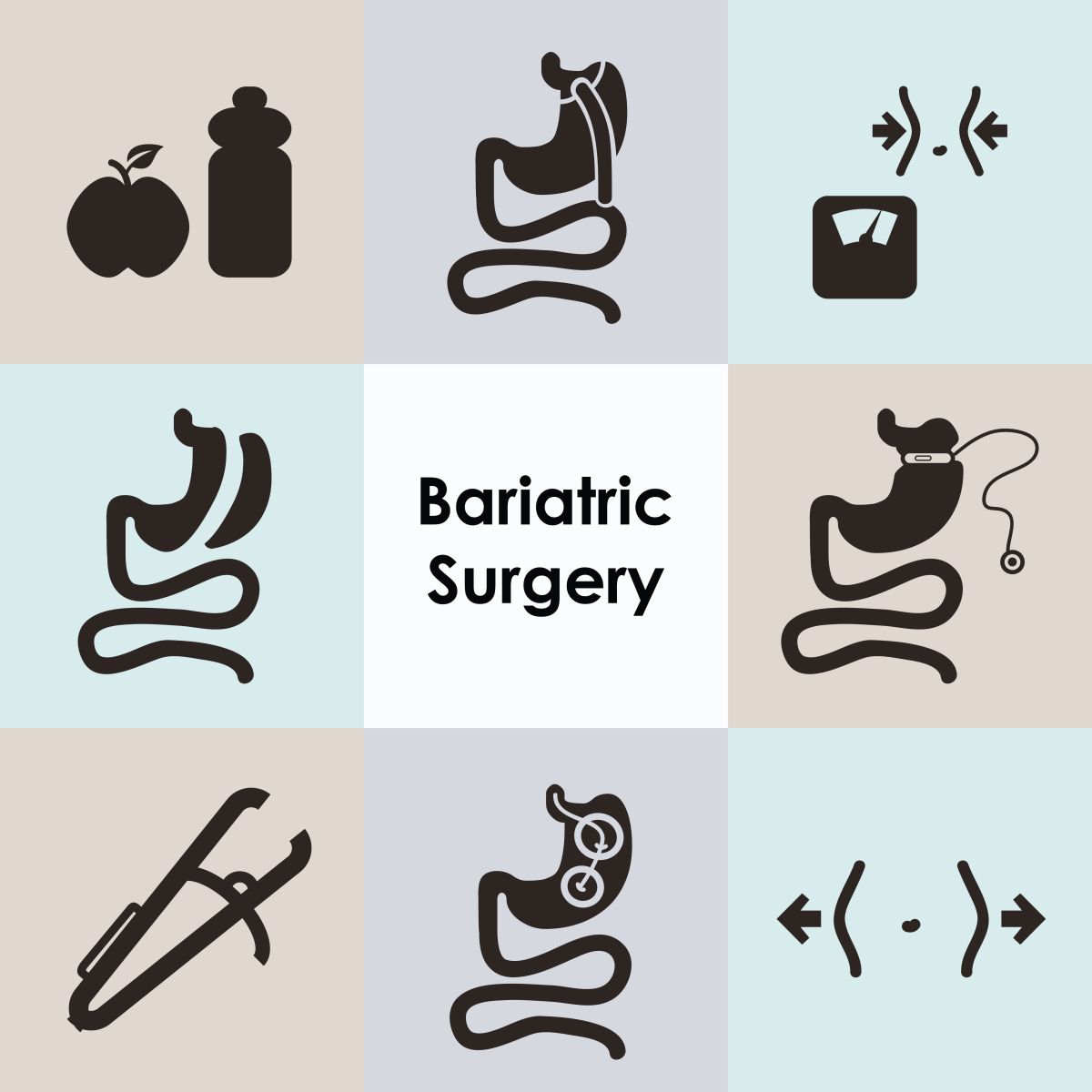Ambulatory pH, Impedance Monitoring, GERD, GER, Reflux monitoring, acidity monitoring, impedance testing, pH acid monitoring
Ambulatory pH Vs. Impedance Monitoring
Ambulatory and pH impedance monitoring is basically used to demonstrate abnormal degrees of esophageal acid exposure in patients with suspected gastroesophageal reflux disease.

Ambulatory pH monitoring
Ambulatory pH monitoring quantifies distal esophageal acid exposure and is the “gold standard” test to diagnose GERD.
- A 24-hour pH monitoring is conducted with a thin catheter that is passed into the esophagus through the patient's nares. The simplest catheter is a dual-probe pH catheter,
- Contains two solid-state electrodes that are spaced 10 cm apart
- Detect fluctuations in pH between 2 and 7
- The distal electrode must be placed 5 cm proximal to the LES;
- Location of the LES is identified on esophageal manometry
- 48-hour ambulatory pH monitoring can be performed using an endoscopically placed wireless pH monitor
- Ambulatory pH monitoring generates data concerning esophageal acid exposure
- Objective Data
- Total number of reflux episodes (pH < 4),
- Longest episode of reflux,
- Number of episodes lasting longer than 5 minutes
- Percentage of time spent in reflux in the upright and supine positions
- Each of these data points a relative weight according to its capacity to cause esophageal injury, and the composite DeMeester score is calculated. The DeMeester score (DMS) is a composite score of the acid exposure during a prolonged ambulatory pH monitoring that has been used since the 1970s to categorize patients as GERD+ or GERD-.
- Abnormal distal esophageal acid exposure is defined by a DeMeester score of 14.7 or higher.
- Subjective data
- Patient can keep track of reflux-related symptoms using an electronic data recorder
- During the interpretation of the pH study, symptom index and symptom-associated probability are calculated on the basis of the temporal relationship between the symptom event and episodes of distal esophageal acid exposure
- Symptoms occurring within 2 minutes of a reflux episode are defined as a close temporal relationship suggesting the cause and effect relationship between GER and patient's symptoms.
- Objective Data
Esophageal impedance monitoring
Esophageal impedance monitoring identifies episodes of nonacid reflux.
- Similar to 24-hour pH monitoring, esophageal impedance is performed with a thin, flexible catheter placed through the patient's nares into the esophagus.
- Impedance catheters use electrodes placed at 1-cm intervals to detect changes in the resistance to flow of an electrical current (i.e., impedance).
- Impedance increases in the presence of air and decreases in the presence of a liquid bolus. This technology can detect both gas and liquid movement in the esophagus
- Some impedance catheters also have one or more pH sensors, allowing the simultaneous detection of acid and nonacid reflux.
- When pH-impedance catheters are used, it is possible to determine the direction of movement of esophageal acid exposures and therefore to differentiate between an antegrade event (as in a swallow) and a retrograde event (as in GER).
- A specialized pH-impedance catheter with a very proximal pH sensor that detects pharyngeal acid reflux. This catheter can be useful in the evaluation of patients with laryngopharyngeal reflux symptoms cough, throat clearing, hoarseness, and wheezing
- One disadvantage of impedance is that the automated analytic software is sensitive and overestimates the nonacid reflux episodes hence these studies must be manually reviewed and edited
Combined impedance-pH monitoring
Combined impedance-pH monitoring has been shown to identify reflux episodes with greater sensitivity than pH testing alone.
- Although there is no consensus on whether impedance-pH testing should be performed on or off acid suppression therapy
- How impedance-pH monitoring should guide the management of GERD is unknown, however a research attempted to determine the parameters on esophageal impedance-pH monitoring that predict response of GERD symptoms to both medical and surgical treatment. It was observed that acid exposure time, and not the number of nonacid reflux events, best predicted symptom improvement with both medical and surgical therapy. (Source)
Reference
- https://alahns.org/wp-content/uploads/CLC/17_Ambulatory-pH-and-Impedance-Monitoring_CLC_Mortensen_2019.pdf
- https://pubmed.ncbi.nlm.nih.gov/25158924/
- https://academic.oup.com/dote/article/32/5/doy118/5250774
- https://www.ncbi.nlm.nih.gov/pmc/articles/PMC5368614/




